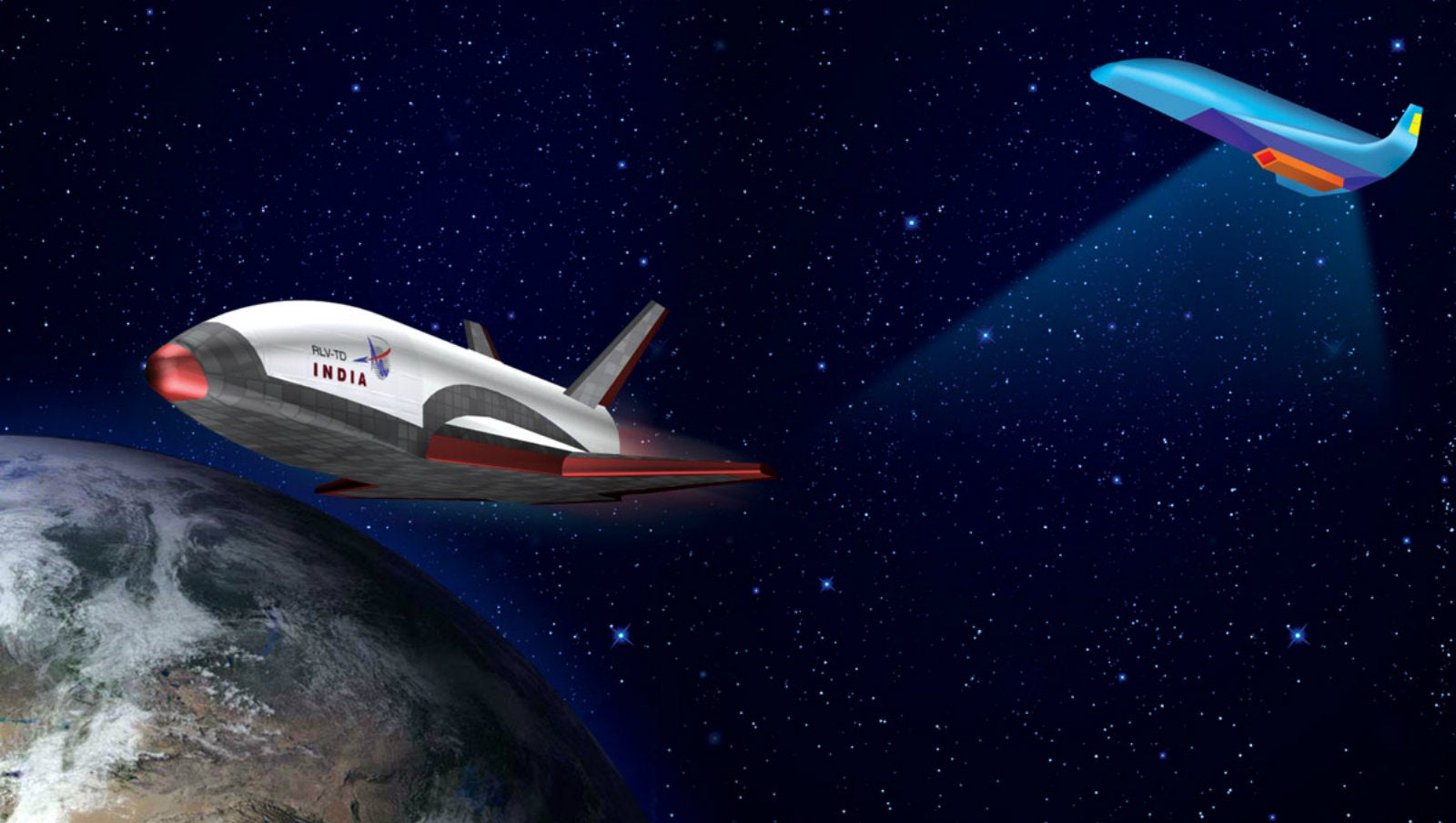Coming soon: A “Made in India” space shuttle
A “Made in India” space shuttle may be on the horizon.


A “Made in India” space shuttle may be on the horizon.
This month, the Indian Space Research Organization (ISRO)—India’s equivalent of NASA—will begin the mission to launch its indigenous space shuttle, the Press Trust of India reported on May 15.
Although the test model is about six times smaller than the actual version, the launch will be a significant milestone in ISRO’s Reusable Launch Vehicle-Technology Demonstration Program. The program, according to ISRO, is “a series of technology demonstration missions that have been considered as a first step towards realising a Two Stage To Orbit (TSTO) fully reusable vehicle.”
The reusable shuttle could slash the costs of space missions by about 10 times, according to ISRO scientists.
If ISRO’s ambitious project does delivers, India would become one of the few countries in the world with its own space shuttles.
Between 1972 and 2011, NASA ran the “Space Transportation System” programme that delivered five space shuttles for the US. These five shuttles—Columbia, Challenger, Discovery, Atlantis and Endeavour—performed some 135 missions during this time. The first shuttle was launched in 1981 and subsequently transported astronauts and satellites into space. The US retired the fleet in 2011.
Current space shuttle programmes include those run by the European Space Agency, which has launched a prototype, and entrepreneurs like SpaceX founder Elon Musk who wants to put a reusable vehicle into space. Musk, too, has already tested a reusable rocket.
“If one can figure out how to effectively reuse rockets just like airplanes, the cost of access to space will be reduced by as much as a factor of a hundred. A fully reusable vehicle has never been done before. That really is the fundamental breakthrough needed to revolutionise access to space,” Musk said last year.
The big leap
For the purpose of the this test, ISRO will use a sleek vehicle with wings, which’ll be the size and weight similar to a sports utility vehicle. This vehicle will be a flying test to check and evaluate the technologies used and landing processes, among other parameters. The work on this space shuttle is currently underway at Sriharikota, an island off the Bay of Bengal in the southern Indian state of Andhra Pradesh.
During the test, the Indian space agency will fly the 1.75-tonne, reusable model to space and bring it down to the Bay of Bengal. In the first stage, solid fuel will power the 6.5 metre-long vehicle to reach some 70 kilometres into the atmosphere. Subsequently, it will begin the descent, which will be monitored by ships, satellites and radars. The craft will, however, not land on a runway.
Although performance will be key for ISRO at this stage, the cost of developing a fully reusable spacecraft will be under scrutiny. But the Indian space agency’s track record is quite solid: In Sept. 2014, with ISRO’s Mars Orbiter Mission, India became the first country to reach the red planet in the first attempt. ISRO’s Mars Orbiter was also the cheapest ever Mars mission with a total expenditure of about $74 million.